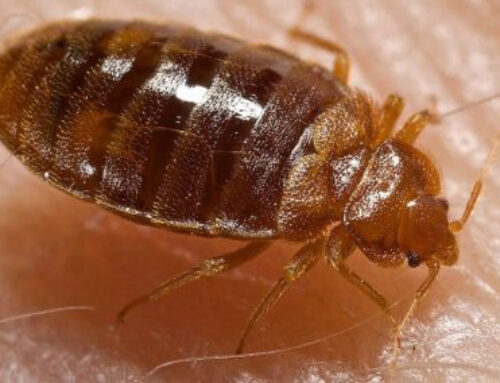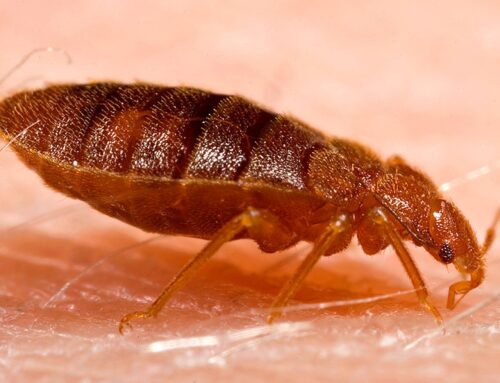Bed bugs are small, wingless insects that grow to approximately 8mm in length. Bed Bugs are parasitic and will look for a blood meal every 1-3 days, though go up to a week between meals. Although they thrive when meals are readily available, they have been known to go 80-140 days without feeding. After feeding, the insect’s body becomes enlarged and turns red. Bed bugs lay between 1-12 eggs per day. These eggs are nearly clear and extremely small. Bed Bugs can not fly or jump but move through a room or structure through extremely small holes, cracks and crevices.
Life Cycle of a Bed Bug
- Life Stages: Eggs hatch into nymphs. Newly hatched nymphs are tiny—about 1/16th of an inch.
- Nymphs—which look like small adults—become adults in 5 weeks. They go through 5 molts to reach adult size—meaning they shed their old, smaller skin 5 times. They must feed before each molt.
- Females can produce 5-7 eggs per week, laying up to 500 in a lifetime.
- Bed bugs grow fastest and lay the most eggs at about 80°F.




